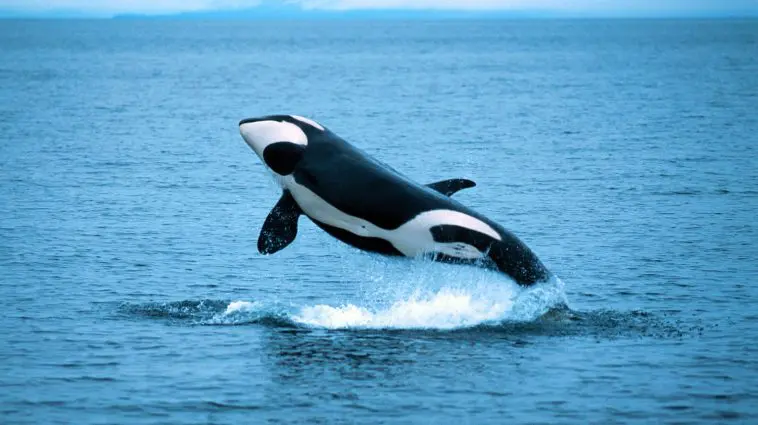[Originally published in 2014 as Strike Yet Another Vestigial Organ]
Evolutionists love to talk about vestigial organs.
Consider, for example, the human appendix. This wormlike tube connected to a person’s cecum looks something like the cecum you find in some herbivores. Since there is some similarity between the two organs, and since a person can live an apparently normal life without his or her appendix, evolutionists long thought it was a vestigial organ — a remnant of our evolutionary history.
Most evolutionary sources said it was useless in people, but we now know that isn’t true (see here and here). Others claimed it wasn’t necessarily useless, but it was still vestigial. They said the appendix is definitely the remnant of a herbivore’s cecum, but as it shrank, it developed a new purpose. We now know that’s not true, either.
Of course, there are many other organs that evolutionists claimed were vestigial, but we now know aren’t (see here, here, here, here, and here). It seems we can add another to that list: the pelvis in a whale. Like the appendix, most evolutionary sources say the whale pelvis is useless. For example, the book Life on earth1 says:
During whale evolution, losing the hind legs provided an advantage, better streamlining the body for movement through water. The result is the modern whale with small, useless pelvic bones.
We now know that this is simply not true.

A team of scientists studied the pelvises of 130 individual whales in 29 different species. They found that males in the more promiscuous whale species had larger pelvises than those in the less promiscuous species, even once body size was taken into account. In addition, species that had more diversity in their mating system also had more diversity in their pelvises. To make sure this had something to do with mating, they did the same analysis on the first pair of ribs. They found that the ribs showed no correlations with promiscuity or mating system diversity. Thus, this correlation isn’t some overall anatomical feature. It seems to be directly connected to reproductive habits.
This, of course, tells us that the pelvis has a function. If it were useless, its structure wouldn’t be correlated with mating habits. As the authors state:2
Importantly, our study rejects a common assumption (mostly among non-cetacean biologists) that cetacean pelvic bones are “useless vestiges”, and instead suggest they are a critical component of male, and possibly female, reproductive fitness. [A citation was removed from the quote for clarity.]
In a press release published by The University of Southern California, one of the authors says:
Everyone’s always assumed that if you gave whales and dolphins a few more million years of evolution, the pelvic bones would disappear. But it appears that’s not the case.
So now we know that what creationists have steadfastly maintained is true. The pelvis on a whale is not useless.
But is it vestigial?
After all, in the strictest sense, a vestigial organ need not be useless. It’s possible that once its original function was lost, a vestigial organ could evolve to do something else. The problem with that definition is that it makes the assumption of evolution. Vestigial organs are often used as evidence for evolution (see here, here, and here, for example). You can’t use vestigial organs as evidence for evolution if you first have to assume evolution to determine whether or not the organ is vestigial.
Since we now know that the pelvis in a whale is “a critical component of male, and possibly female, reproductive fitness,” the most reasonable interpretation from a scientific viewpoint is that it is not vestigial. It is a critical part of the anatomy.
References
- Teresa Audesirk, Gerald Audesirk, and Bruce E. Byers, Life on earth, Benjamin Cummings 2008, p. 222
- Dines JP, Otárola-Castillo E, Ralph P, Alas J, Daley T, Smith AD, and Dean MD, “Sexual selection targets cetacean pelvic bones,” Evolution







